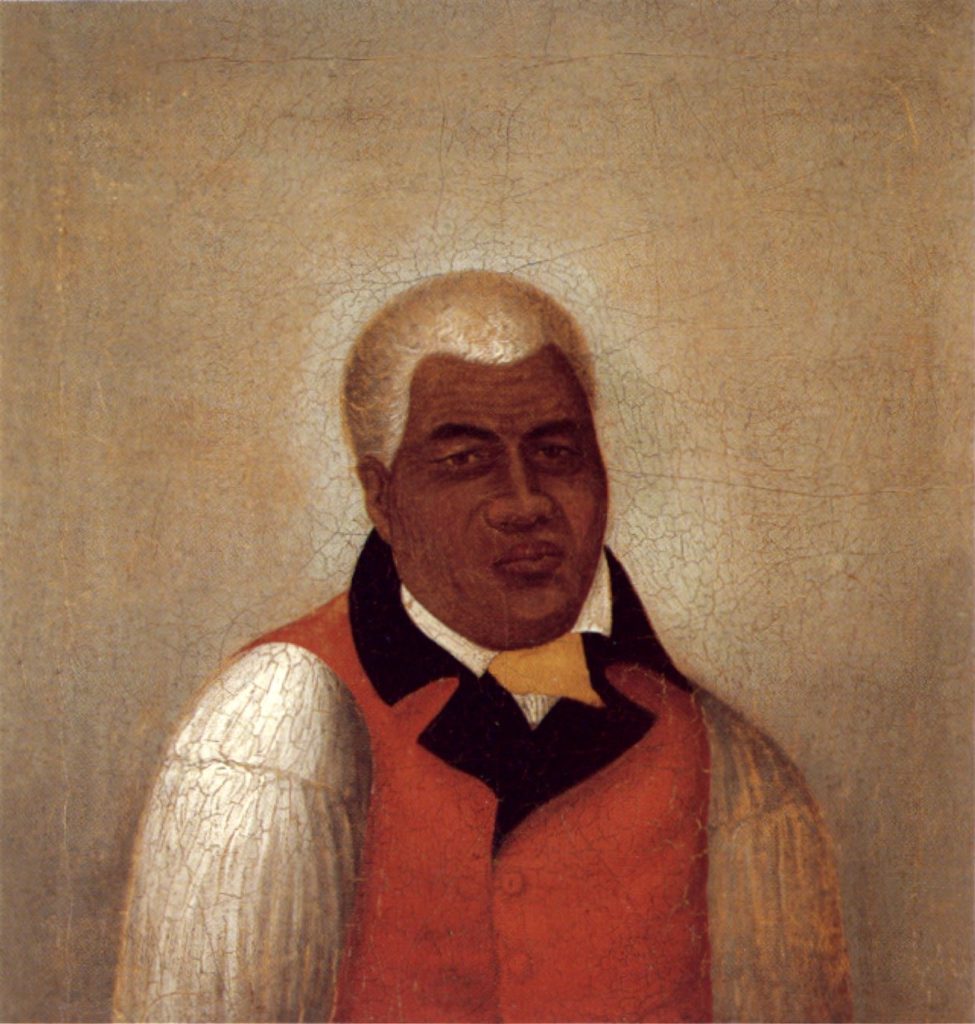In 1763, the French and Indian War ended with two important outcomes: a British victory over their traditional enemy France and an equally tremendous British debt.
At the time, the British government decided to keep a standing (permanent) army in North America. Although the mission of the peacetime army was not clearly defined, it seemed to be a combination of defending newly acquired Canada and Florida and managing Indian affairs.
One of the major problems for the British in dealing with a far-flung, enormous empire wasn’t just the issues of defense (fighting off opposing armies, Native American raids, and so forth), but the administrative issues that defense brought up, such as housing soldiers.
Housing and feeding a group of several hundred or even a few thousand soldiers was a difficult and costly proposition.
General Thomas Gage, the new British commander-in-chief, recommended that Parliament pass a quartering law for the colonies. The Quartering Act of 1765 directed colonial governors and their councils to hire inns and vacant buildings as quarters for soldiers when regular barracks were unavailable.
The law also required colonial governments to furnish the soldiers with firewood, bedding, candles, salt, vinegar, cooking utensils plus a daily ration of beer, cider, or rum. Furthermore, the Quartering Act authorized innkeepers to feed the soldiers at the colonies’ expense.
Contrary to popular belief, the Quartering Act of 1765 did not require that colonists shelter soldiers in their private homes.
The act did require colonial governments to provide and pay for feeding and sheltering any troops stationed in their colony. If enough barracks were not made available, then soldiers could be housed in inns, stables, outbuildings, uninhabited houses, or private homes that sold wine or alcohol.
Nevertheless many American colonists saw the Quartering Act as one more way Parliament was attempting to tax them without their consent. Others suspected that the real purpose of keeping a small standing army in America – stationed in coastal cities, not on the frontier – was not for defense, but to enforce new British policies and taxes.
Americans saw the Quartering Act of 1765 as an attempt to force the colonists to pay for a standing army that they did not want. When Parliament was forced to repeal the hated Stamp Act in 1766, Massachusetts’ radical leader, Sam Adams, pointedly asked, “Is not [the Quartering Act] taxing the Colonies as effectively as the Stamp Act?”
The Quartering Act did become a divisive issue in 1766, after 1,500 British soldiers disembarked at New York City.
The New York Provincial Assembly refused to provide funds to cover the costs of feeding and housing these men as required by the law. In response, the British Parliament voted to suspend the Provincial Assembly until it complied with the act.
As it turned out, the suspension was never put into effect since the New York Assembly later agreed to allocate revenue to cover some of the costs of quartering these troops. The Quartering Act of 1765 was largely circumvented by most colonies during the years before the Revolution.
https://imagesofoldhawaii.com/wp-content/uploads/Quartering-Act.pdf



























